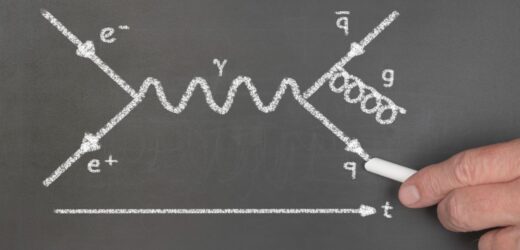Group activities are an excellent way to improve student learning in an online course. But they invariably raise the free-rider problem—the student who does not contribute his or her fair share of the effort. This is particularly bothersome to students when there is one group grade for all members of a group. While there is a real-world value to giving a group grade since many activities in life are evaluated on a team basis, there is an issue of fairness in the students’ minds. This leaves the faculty member with the unenviable choice of using a group grade and having to deal with student complaints about free riders, or using an individual grade and being unable to accurately distinguish one student’s contribution from another. Kadriye O. Lewis, professor of Pediatrics at the UKMC School of Medicine, came up with a solution by creating an “Intra-Group Member Peer and Self-Evaluation” to assess individual performance.
Dr. Lewis uses a variety of small group activities in her classes that involve one or two weeks of work each, with the results posted to a discussion board area for class deliberation. Groups are scrambled every few weeks in order to give students a chance to work with others. At the end of each group activity, all group members fill out an evaluation on every other group member’s participation. Each student answers a variety of questions about the other students on a traditional Likert scale from Strongly Agree to Strongly Disagree. The topics include:
- Keeping abreast of group progress
- Sharing ideas
- Completing tasks on time
- Attending meetings
- Demonstrating respect for others
- Contributing to group discussions








